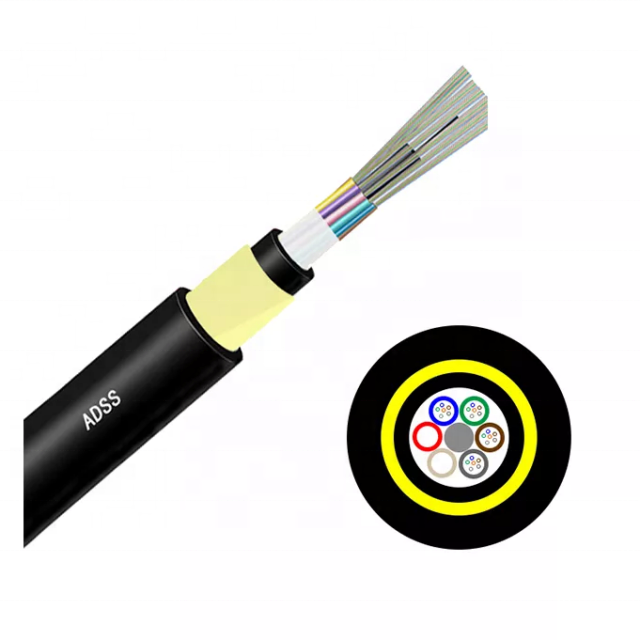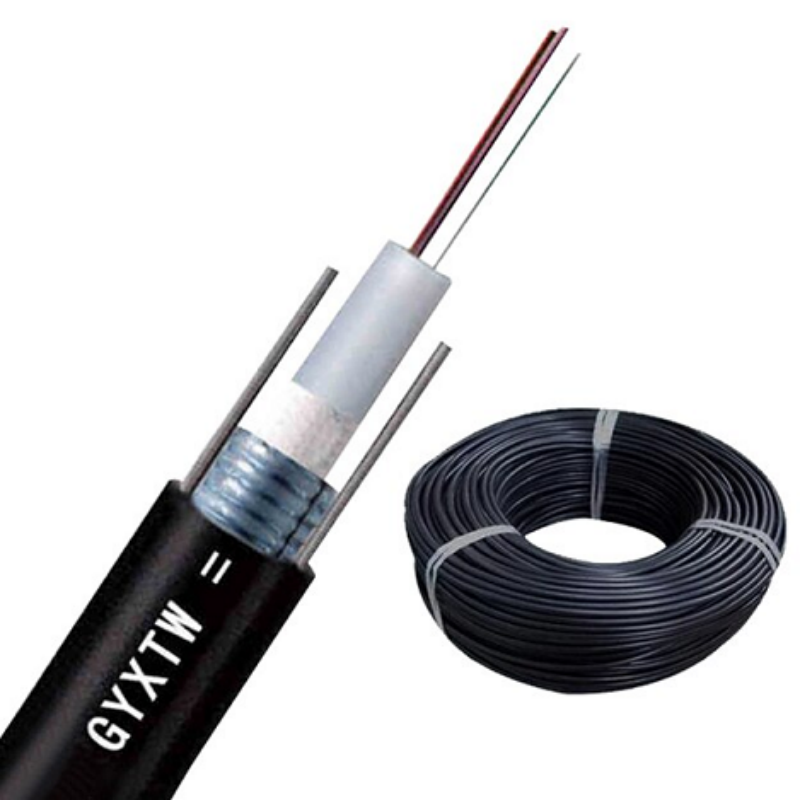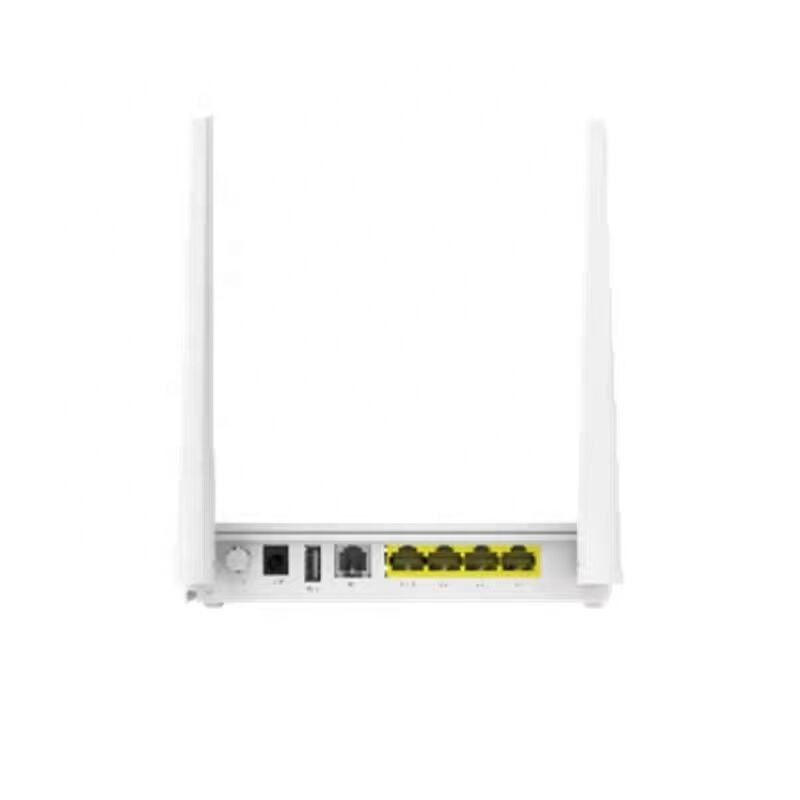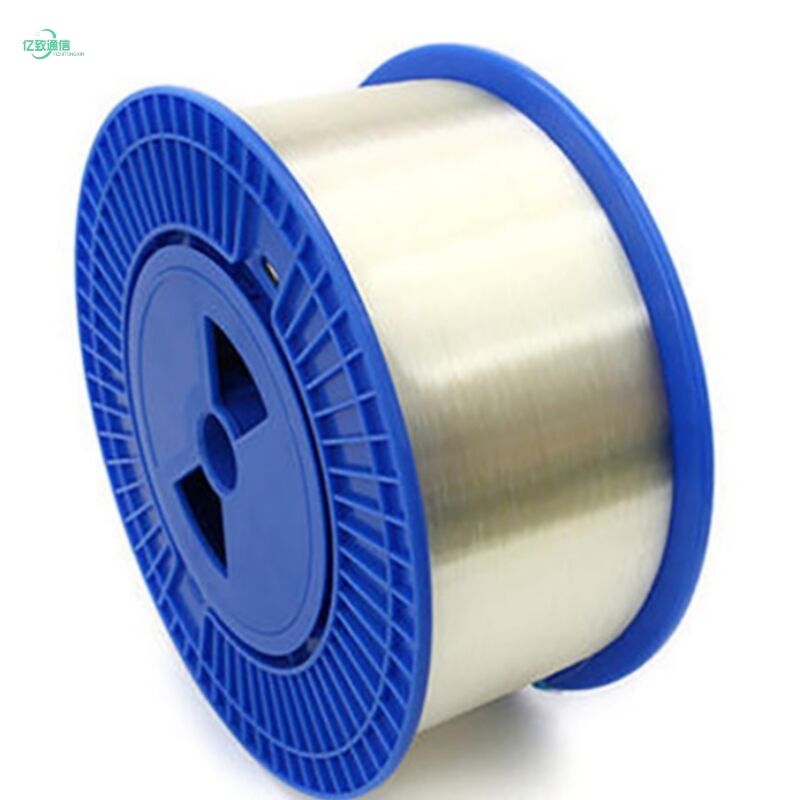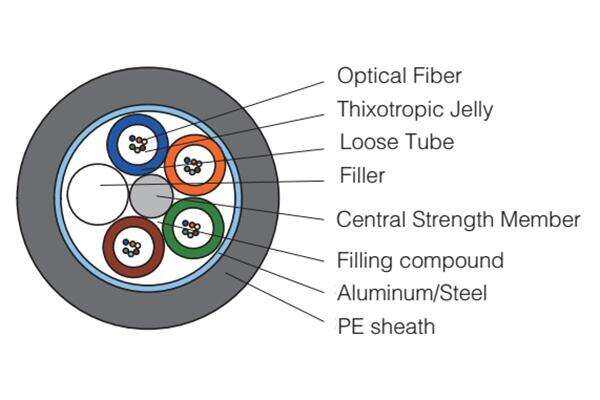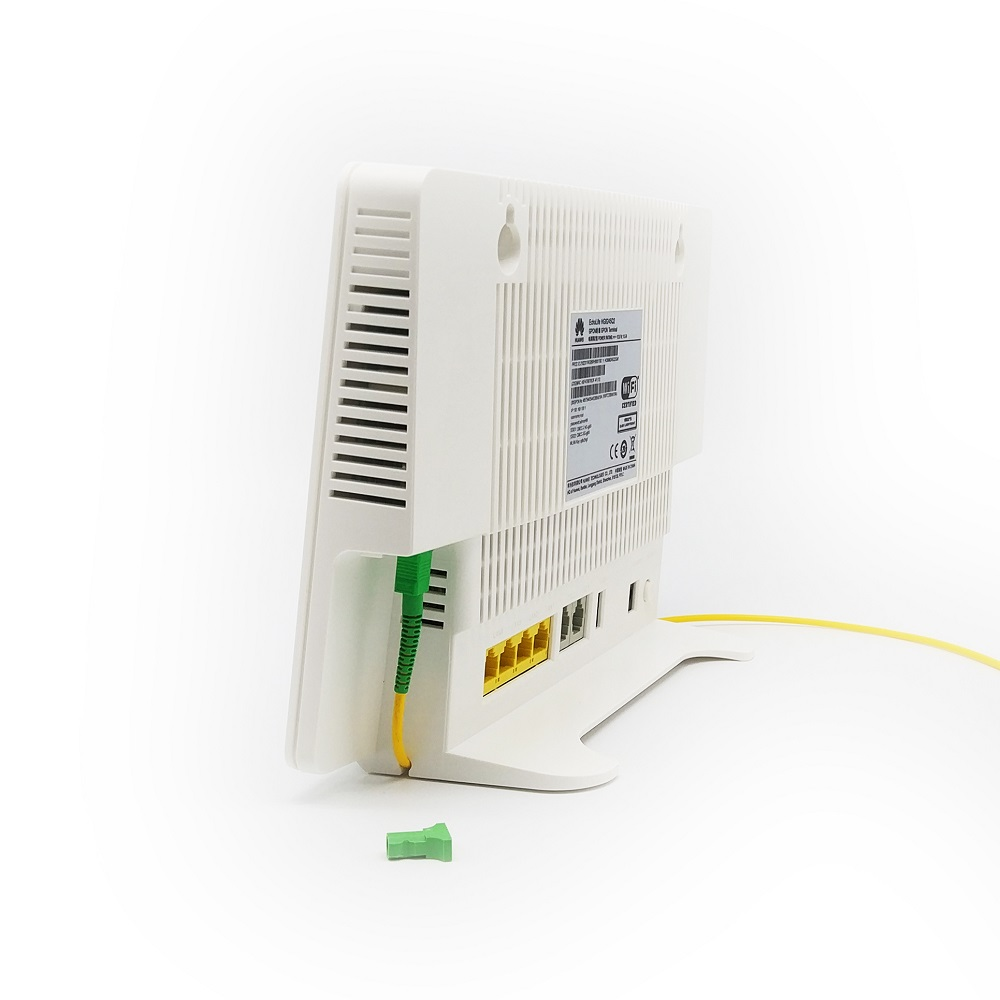singlemode
Singlemode fiber optic technology represents a fundamental advancement in optical communication systems, characterized by its ability to transmit light signals through a single pathway or mode. This specialized optical fiber features a small core diameter, typically ranging from 8 to 10 micrometers, which allows for the propagation of only one mode of light. The design incorporates a precisely engineered core-cladding structure that maintains signal integrity over long distances. Operating primarily at wavelengths of 1310nm and 1550nm, singlemode fibers excel in minimizing signal dispersion and attenuation, enabling data transmission across distances exceeding 100 kilometers without the need for signal regeneration. The technology employs sophisticated manufacturing processes to ensure core concentricity and dimensional consistency, crucial for maintaining optimal performance. Modern singlemode fibers often include advanced features such as bend-insensitive designs and enhanced protective coatings, making them suitable for various installation environments. These fibers serve as the backbone of global telecommunications networks, supporting high-speed internet, cable television, and telephone services, while also finding applications in scientific research, medical diagnostics, and industrial sensing systems.

